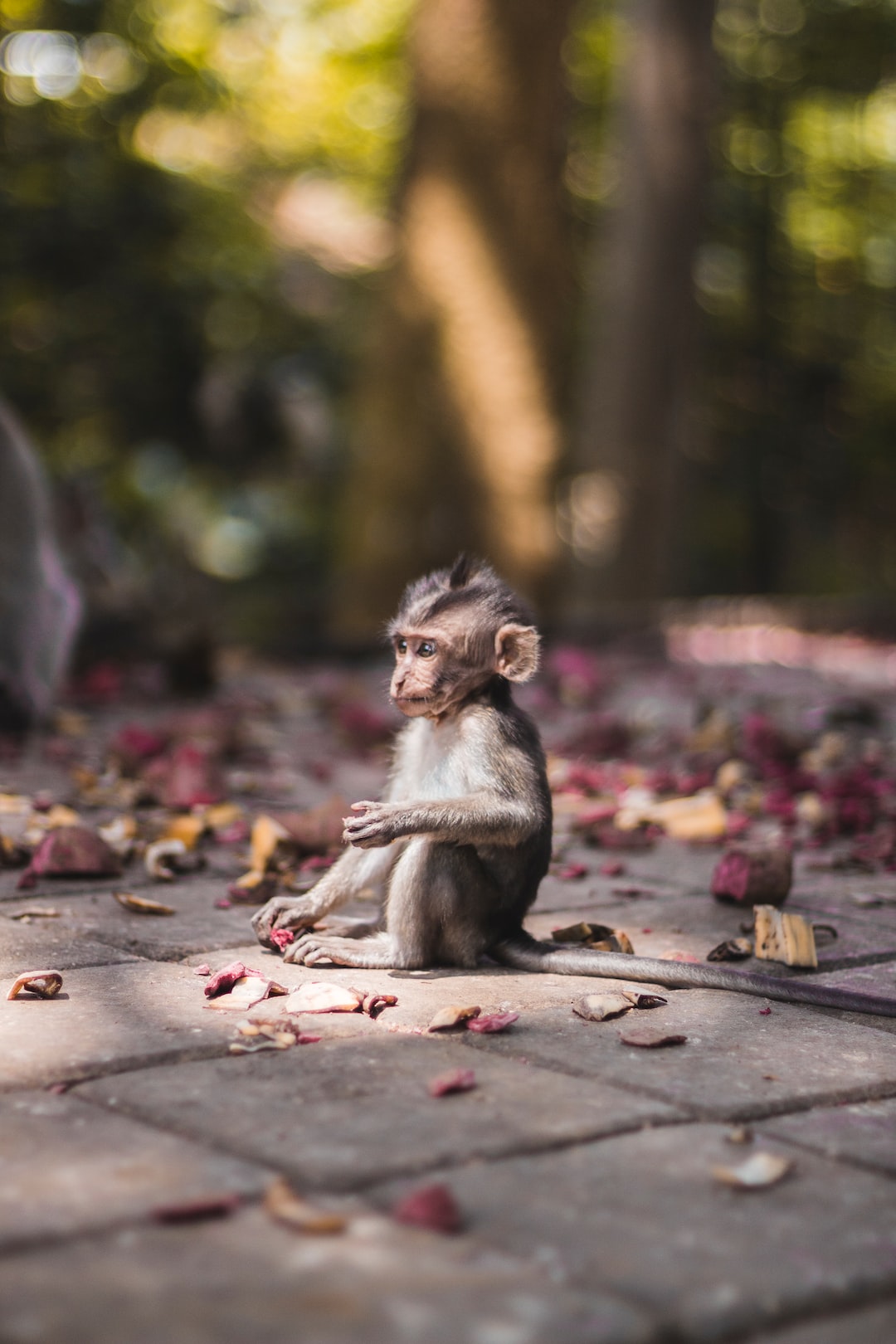Beyond the Roars: Unraveling the Language of Lions
Lions, the majestic creatures that reign over the African savannah, have long fascinated humans with their unyielding power and awe-inspiring presence. With their distinctive roars echoing through the plains, these social felines communicate with one another, defending their territory and asserting their dominance. However, that’s not all there is to the language of lions. In this blog post, we will delve deeper into the intricacies of lion communication, unravelling the secrets behind their roars.
Roaring, the most characteristic vocalization of lions, serves multiple purposes. It acts as a territorial marker, allowing lions to communicate their presence to other prides in the area. The sound waves of a lion’s roar can travel for miles, ensuring that all surrounding lions are fully aware and respectful of territorial boundaries. The deeper and more resonant the roar, the more likely it is to indicate a larger and more powerful lion – often a key aspect of impressing potential mates and deterring potential rivals.
Interestingly, the individuality of roars also plays a significant role in lion communication. Each lion’s roar has its own unique vocal fingerprint, allowing others to distinguish between individuals solely based on their vocalizations. This ability aids in territorial disputes, as neighboring prides can identify the exact lions invading their space or intruding on their hunting grounds. By recognizing the specific roars of their rivals, lions can assess the level of threat they pose and react accordingly.
Beyond roaring, lions employ a variety of other vocalizations to convey different messages. Growling is a common vocalization used during confrontations and can indicate aggression or assertiveness. Purring, typically associated with contentment in domestic cats, presents a different meaning when it comes to lions. It is believed to be a form of communication between lionesses, cubs, and even between mating pairs. This soft rumbling serves to strengthen social bonds within the pride and provide reassurance to one another in times of relaxation or vulnerability.
Moreover, lions use contact calls to keep track of one another when separated. These calls are usually short and low-intensity, acting as a form of reassurance. By exchanging contact calls, lions can navigate through dense vegetation or when hunting, ensuring they remain within earshot of their pride members. These communication tactics are especially crucial during hunting, as coordinated efforts are required to bring down their prey successfully.
Nonverbal communication also plays a significant role in the intricacies of lion language. Posture, facial expressions, and tail movements can convey a vast array of messages. For instance, a raised tail with a distinct sway can indicate excitement or a sense of alertness. When a lion feels threatened or wants to exhibit dominance, it may raise its mane, arch its back, and bare its teeth to display intimidation. These nonvocal cues, combined with auditory communication, create a sophisticated network of interactions.
Furthermore, scent marking is a crucial component of lion communication. Lions possess scent glands located on their cheeks, forehead, and tail, secreting pheromones that carry valuable information. By rubbing their heads against trees or spraying urine, lions leave scent markers in their territories, signaling their presence and reinforcing their dominance. These scent cues enable lions to distinguish between friendly prides and rivals, reducing the likelihood of deadly conflicts.
It is essential to note that the language of lions is not fixed. Just like human language, it can evolve and adapt depending on the circumstances. Researchers who have extensively studied lions suggest that individuals within specific prides share distinct vocalizations, indicating dialects exist among different prides. These idiosyncrasies might reflect social and genetic ties unique to each group of lions, highlighting the depth and richness of their communication system.
In conclusion, beyond the mighty roars that reverberate across the African plains, lions have a complex language that encompasses a myriad of vocal and nonverbal cues. By understanding these intricacies, we gain a deeper appreciation for the social dynamics and communication strategies these incredible creatures employ. As our knowledge of lion vocalizations continues to expand, we can unravel more of the mysteries that lie beneath their majestic roars, bringing us closer to appreciating the captivating world of lions.


